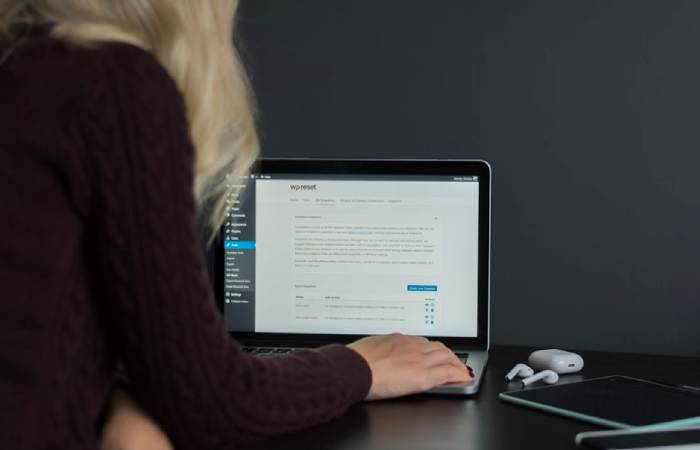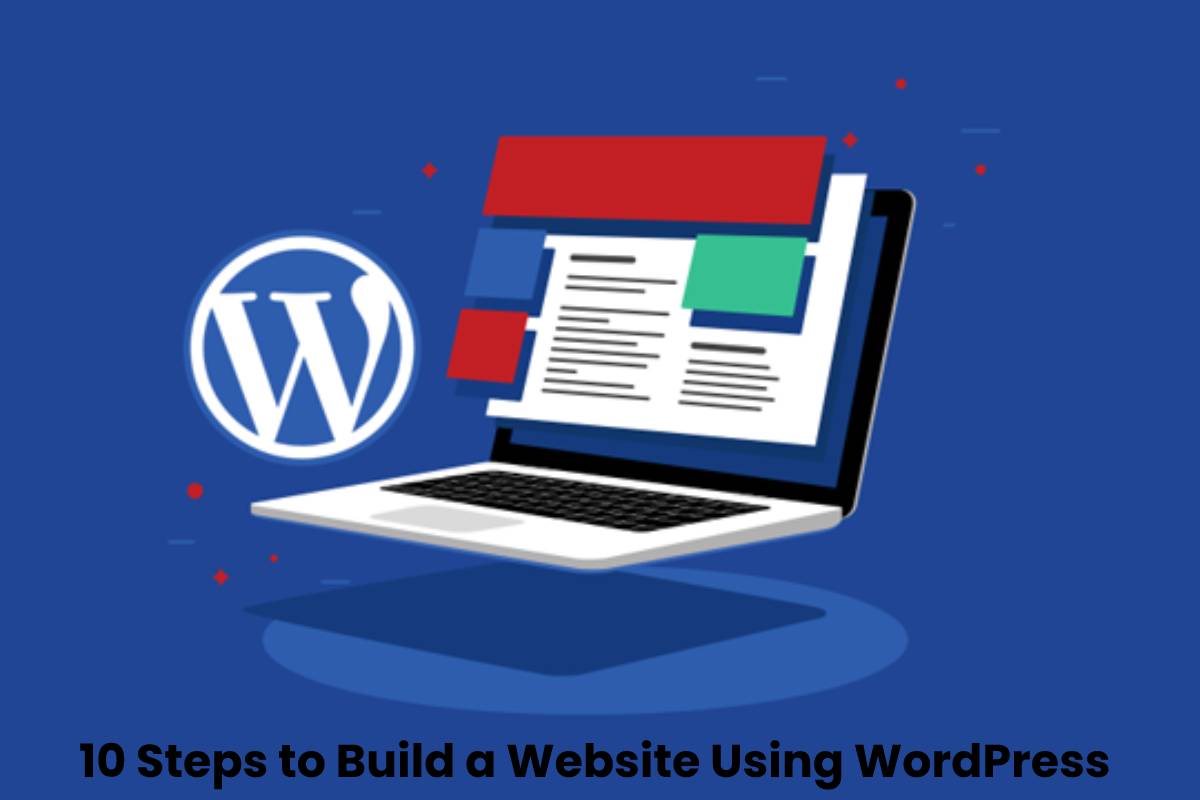Creating your own website might seem like a hard task. But building websites with WordPress is pretty simple. Everyone can manage that.
WordPress is a popular website builder. It’s simple to use and there are tons of templates and plugins available to make your design look great. You can even edit WordPress code on your own if you want to.
Table of Contents
In this article, we will teach you how to build a website in 10 easy steps.

#1. Creating an Account
The first thing you need to do is create a WordPress account. This is a quick and easy process. Simply go to WordPress.com and enter your email address, password, and username. Once you’ve done this, you’ll be able to access the dashboard. This is where you’ll build your web pages.
#2. Choosing a Domain Name
Your domain name is the URL of your webpage. When choosing one, keep in mind several things:
- try to choose a .com domain if possible;
- keep it short and easy to remember;
- avoid using hyphens or numbers.
#3. Choosing Hosting
Now that you have an account, you need to choose the right hosting. There are a few different options available. We recommend using WordPress.com, as it’s the most straightforward option.
If you choose it, your website will be hosted on their servers and you’ll be able to use their domain names. If you want more control, you can choose to use self-hosted WP webpages. This means that you’ll need to find your own web hosting provider.
#4. Installing WordPress
Now that you have a domain name and hosting, you’re ready to install WP. If you’re using WordPress.com, they’ll take care of the installation for you.
If you’re using a self-hosted site, you’ll need to download the WordPress software. Then you will need to install it on your hosting account.
#5. Choosing a Theme
Now it’s time to choose a WordPress website design. A theme is basically a pre-designed template that you can install on your web pages. WP can offer a lot of different themes for each design idea.
To install a theme, simply go to the ”Appearance” section of the dashboard and click ”Add New Theme.” There you can browse through the available themes. After you have found the one to your liking, you can install it.
If you want more control over the design, you can also choose to create a custom theme or edit a WordPress code.
#6. Adding Content
Now it’s time to start adding content to your website. To do this, log in to your admin dashboard and click on the ”Posts” or ”Pages” link in the left-hand sidebar.
On the ”Posts” or ”Pages” screen, you’ll see an ”Add New” button. Click on it and you will see the ”Add New Post” or ”Add New Page” buttons. Here, you can start adding content to your post or page. To do this, simply start typing in the main content area of the screen.
You can also add a title to your post or page by entering it in the ”Enter title here” field at the top of the screen.
Once you’re finished adding content, click on the ”Publish” button to upload your post or page.
#7. Customizing Your Theme
If you want to change the way your website looks, you can do so by customizing your theme. Most themes come with a few different customization options. They can be found in the ”Appearance” section of the admin dashboard.
From here, you can change things like the color scheme, background image, and header image.
#8. Adding Plugins to Improve Functionality
Plugins are small pieces of software that add new features or functionality.
To install a plugin, log in to your admin dashboard. Then click on the ”Plugins” link in the left-hand sidebar. On the ”Plugins” screen, you’ll see an ”Add New” button. Click on this button to install a new plugin. There are lots of plugins out there to enhance your content. For example, if you want to create tables and charts, you can use a WordPress tables plugin and you wouldn’t need to know a single line of code.
#9. Promoting Your Website
Now that your website is up and running, you need to start promoting it to get traffic. There are several ways to do this. Some of the most effective include SEO, social media, and paid advertising.
#10. Maintaining and Updating
It’s also important to keep your web pages up-to-date. WP releases new updates on a regular basis, which include new features and security fixes. Install these updates as soon as they’re available.
You should also regularly check pages for any broken links or other errors. If you come across any, be sure to fix them as soon as possible.
Wrap-Up
By following these steps, you’ll be well on your way to creating a successful website using WordPress. Just remember to take your time and don’t be afraid to ask for help if you need it. With a little effort, you’ll have work you can be proud of.




